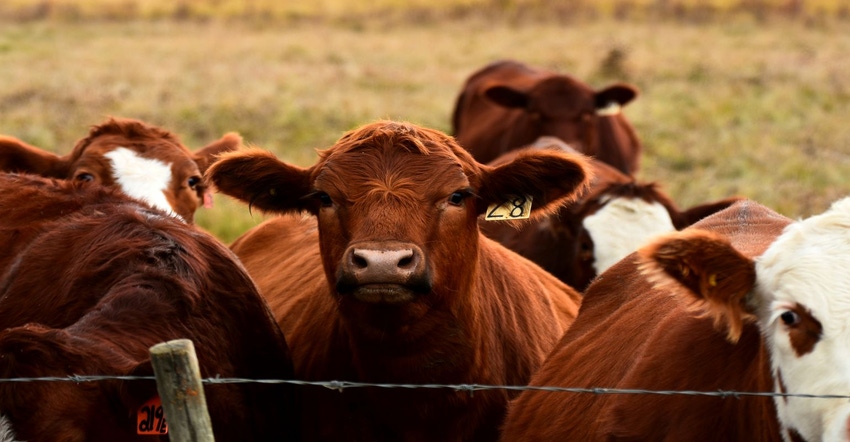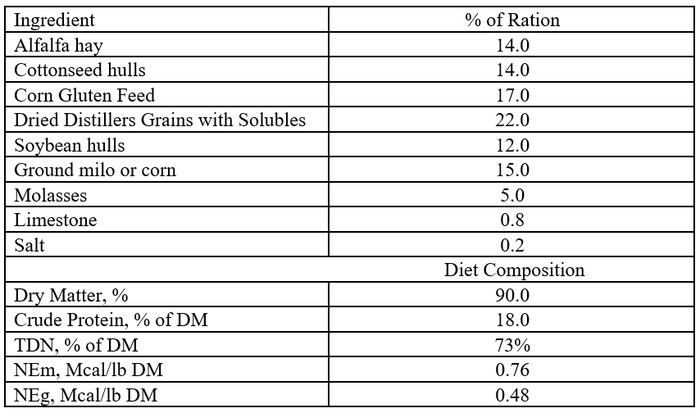Calves can be weaned as early as 45 days of age and reach similar weights as calves weaned at a normal pace.
August 16, 2022

Pasture conditions are deteriorating and hay inventory is short, if you’re out of grass and about to start feeding hay it’s time to take drastic action to maintain your cowherd and prevent further injury to pastures. Many areas in the West and Southern Great Plains have seen high culling rates with cows going to town in droves. Once all the old, open, or non-productive cows are culled the next step for many producers is to wean calves early.
It is much harder to maintain or add condition on a cow that still has a calf on her side. A dry pregnant cow in the second trimester requires 37% less TDN and 13% less protein than when she is in late lactation with a calf. The dry pregnant cow not only requires less energy and protein, she also would eat 20% less than the lactating cow.
Research shows that calves can be weaned as early as 45-days of age, and these calves grown to similar or heavier weights by normal weaning time. Spring born calves in mid to late August are currently 3 to 5 months of age and likely weight 300 to 400 pounds. Even though they are much lighter than our normal calf weights at weaning, it is still relatively simple to feed these light weight calves grower diets in dry lot to maintain targeted sales weights by normal marketing time.
Early weaned calves can be grown in dry lot very efficiently with feed-to-gain expected to be 4.5 to 5 pounds of feed per pound of gain. Because these calves are smaller and immature, they should be fed growing rations with targeted gains of 2 to 2.5 pounds per day, depending on frame size and growth potential. This size calf would be expected to eat about 3% of their bodyweight per day on a dry matter basis, but the lighter calves require 18% crude protein diets until they weigh over 400 pounds. Below is an example of a 18% crude protein that can fed to light weight growing calves, consult with your local Cooperative Extension Agent or feed company representative for locally available feedstuffs.

Dr Keith Lusby and Don Gill had the following observations and conclusions on early weaning of calves.
Early weaning is a predictable method of salvaging high reproduction rates during droughts and other emergencies
The early weaned calves are pretty tough and learn to eat palatable rations quickly.
Health problems when calves are weaned and kept on the ranch have been minimal.
Early weaned calves should be managed on the ranch or with only a short haul for a period after weaning.
Managing these calves in a commercial feedlot is risky and takes coordination among the owner, feedlot manager, consulting veterinarian, and consulting nutritionist. Mistakes here can have long term and often fatal consequences.
Source: Oklahoma State University, who is solely responsible for the information provided and is wholly owned by the source. Informa Business Media and all its subsidiaries are not responsible for any of the content contained in this information asset.
You May Also Like



